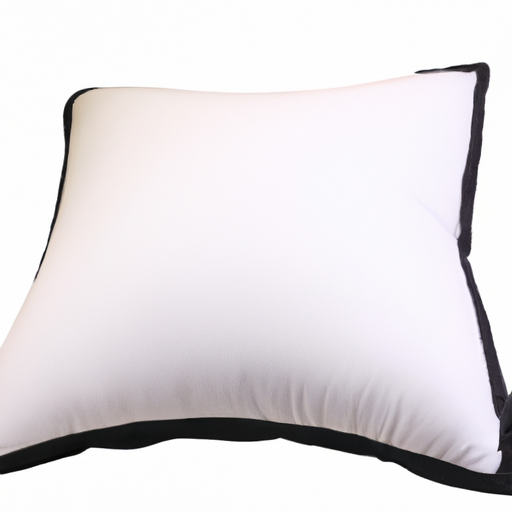When you embark on a mindfulness practice, finding the right space and the right supplies is essential. Meditation pillows provide comfort and support while seated, and they can be influential in your ability to maintain a meditation practice. Finding the right texture for your meditation pillow is essential to get the best experience possible.
Factors to Consider When Choosing a Meditation Pillow
When you’re shopping for a meditation pillow, take the time to consider the following factors that influence the texture and comfort of your pillow:
- Size: Depending on the size of your meditation space, you may need a bigger or smaller pillow. Choose one that’s appropriate for your seating area and that provides enough cushion and support for your body type.
- Material: Common materials for meditation pillows are buckwheat hulls, Kapok, kafun cotton fill, or shredded foam fill. Each material provides a different texture with distinct attributes that can make you more comfortable while meditating.
- Cover: Canvas, cotton, natural twill, and linen are common materials for pillow covers. Covers are important for keeping the pillow clean and helping maintain its shape over time. Choose one that’s easy to remove and clean.
Benefits of Having the Right Texture for a Meditation Pillow
Having the right texture in your meditation pillow has various benefits. The right pillow can help you focus throughout your session, as well as promote improved posture, which is essential to get the most out of your practice. It also helps alleviate any discomfort or pain in your lower back or neck from sitting on a hard surface for too long. The right texture can increase your flexibility and the range of your breathing. All these benefits contribute to the quality of your practice.
Types of Textures Available for Meditation Pillows
Firm or rigid textures are excellent for providing solid support for your spine when seated, and for meditation purposes, these can be ideal for redirecting energy up and out, as these surfaces don’t allow sinking into the pillow. Soft or yielding textures provide more cushion and comfort, and can be beneficial for meditating in restful poses.
Tips for Finding the Right Texture for Your Meditation Pillow
The best way to find the right texture for your meditation pillow is by trying out various options yourself. If possible, bring your own materials to a store, or find a store that offers free sample packages so you can get a feel for what would be most comfortable. Additionally, go online and gather information on the various options available and read user reviews to find out what other meditators prefer.
Do Different Textures Offer Different Benefits?
The benefits from different textures depend on each individual’s preferences and their meditation goals. Some users may favor firmer surfaces to benefit from increased energy flow and improved posture, while others may be more comfortable with softer surfaces for restful poses. Ultimately, it’s best to try out different textures and see which works best for you.
How to Care for Your Meditation Pillow’s Texture
One of the best ways to care for your meditation pillow’s texture is by ensuring it’s staying properly ventilated. This means regularly airing out the pillow to keep dampness away, as well as regularly cleaning the material with a gentle fabric cleanser. Also implement a regular rotation schedule so that different areas of the pillow get equal use.
The Pros and Cons of Different Mediation Pillow Textures
Each type of texture has its own pros and cons. Firm pillows may offer better support while seated and help keep your spine aligned, but if you prefer restful poses they can be uncomfortable during meditation. Softer pillows provide comfort which is beneficial for restful poses, but may not offer enough support when seated. Consider which qualities are important to you before choosing the right texture for your pillow.
What is the Best Texture for a Meditation Pillow?
There’s no one-size-fits-all answer when it comes to finding the best texture for a meditation pillow. Ultimately, the best texture is the one that works best with your body type, posture and meditation goals. Take the time to evaluate different textures such as buckwheat hulls or kafun cotton fill before making your decision.
Conclusion
The right texture for your meditation pillow can make a big difference in the quality of your practice. Taking the time to consider different factors when choosing a pillow, such as size, materials and covers, can help you find one that fits properly and offers the right texture for your needs. Ultimately, testing out different options will help you find the perfect texture for your meditation pillow.



